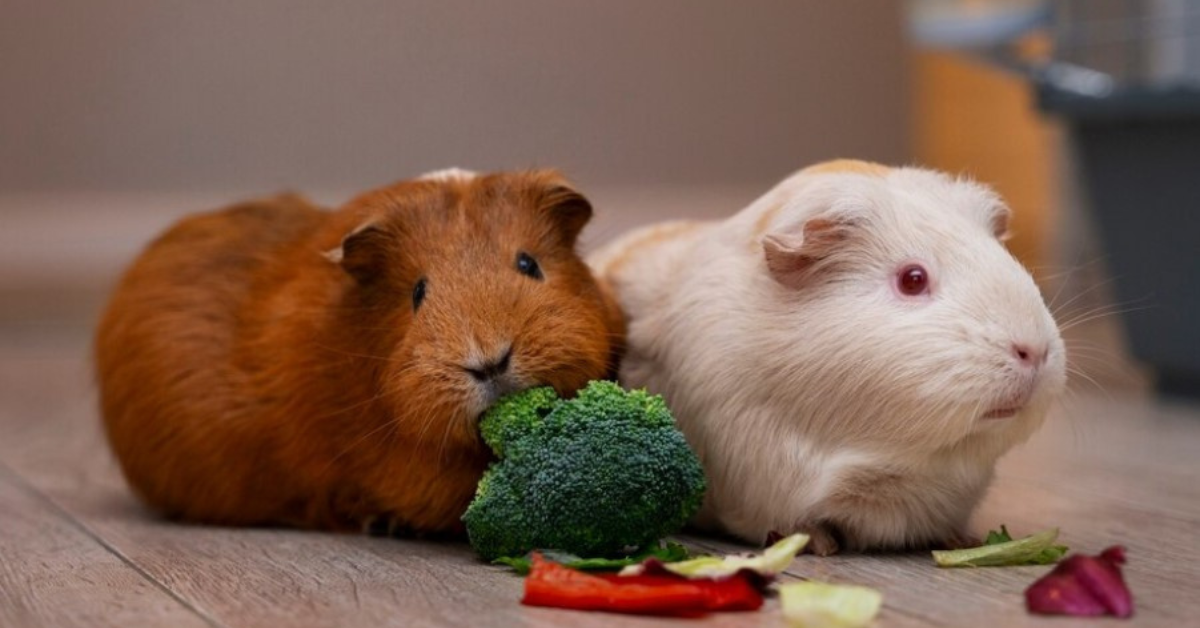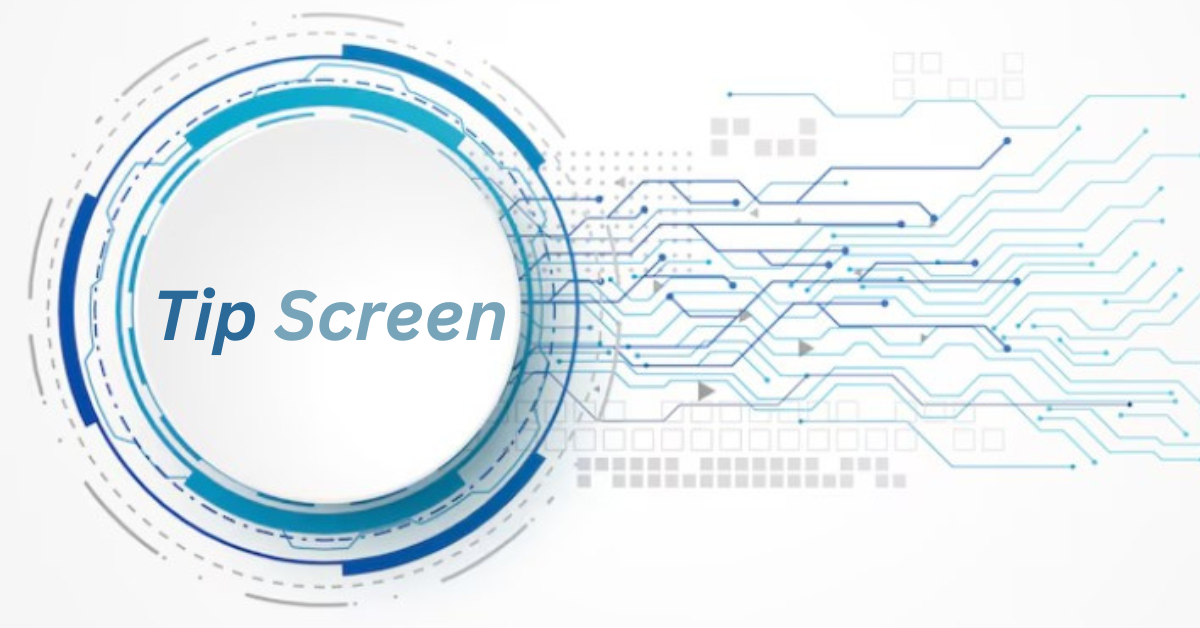Haircuts are more than just a change in appearance—they’re personal stories, statements of identity, and expressions of our inner selves. From the nerve-wracking experience of chopping off long locks to the joy of walking out of a salon with a fresh new look, haircut stories are uniquely human. These moments of transformation not only affect how we look but also how we feel and perceive ourselves. Whether it’s a subtle trim or a bold makeover, each Haircut Stories has something to tell.
In this article, we will explore various haircut stories that resonate with people, delve into the emotional significance of these experiences, and highlight how haircuts can serve as symbols of change, confidence, and personal growth.
The First Cut: Childhood Memories of Haircut Stories
The Anxiety and Excitement of the First Haircut
For many, their first haircut is an emotional rollercoaster. It’s a rite of passage where children experience the world of grooming and style for the first time. The buzzing sound of clippers, the unfamiliar surroundings of the barbershop or salon, and the sharp snip of scissors can evoke both excitement and fear. Parents often cherish this moment, capturing the occasion with photos or even saving a lock of hair as a keepsake. These early haircuts form a lasting memory, shaping our views on grooming and appearance.
A Symbol of Growing Up
That first haircut represents more than just a change in appearance—it marks the transition from babyhood to childhood. It’s a symbolic act that reminds parents that their child is growing up, and it often comes with a mix of emotions. As the hair falls, so do the illusions of the baby phase, making way for the first signs of a child’s emerging personality.
High School Haircuts: Finding Your Identity
The Teenage Years: Experimentation and Self-Discovery
High school is a time when many young people experiment with their hairstyles, trying to find a look that reflects who they are—or who they want to be. From bangs to bold hair dyes, teens use haircuts as a way to express their growing sense of identity. Some opt for trendy styles, hoping to fit in with their peers, while others choose bold and unique looks that help them stand out.
The emotional stakes are high, as a new haircut during these formative years can affect self-esteem, peer relationships, and even a teen’s sense of belonging. A good haircut can boost confidence, while a bad one can feel like the end of the world.
Rebellion or Conformity?
For some teens, a haircut becomes an act of rebellion. The decision to shave one’s head, get a mohawk, or experiment with bright colors may be seen as a statement of independence. On the flip side, many teens seek to conform to the latest trends, finding comfort in blending in with the crowd. Whether rebellious or conformist, each haircut story from these years is a snapshot of a young person’s journey toward self-identity.
The College Years: Reinventing Yourself
The Fresh Start Haircut
For many, entering college is a time for reinvention. It’s an opportunity to shed the image you had in high school and present yourself in a new light. A fresh haircut often accompanies this transformation, symbolizing a new chapter in life. Whether it’s cutting off long hair to embrace a shorter, edgier look or experimenting with a more professional style, college haircuts are all about change and growth.
The haircut becomes a metaphor for letting go of the past and embracing new experiences. It’s a bold statement that reflects the personal and academic challenges of starting college.
The Freedom to Experiment
College is also a time when people feel free to experiment with their looks without the judgment of family or hometown peers. Haircuts during this time can be daring, ranging from pixie cuts to undercuts, to non-traditional colors like blue, pink, or even rainbow hues. It’s a time to take risks, embrace creativity, and have fun with self-expression.
The Post-College Professional Look: A Haircut for the Working World
Transitioning to Professionalism
After college, many people find themselves entering the working world, where their haircut can take on new significance. The focus shifts from creative expression to looking polished and professional. A well-groomed haircut can help make a good first impression during job interviews and can boost one’s sense of professionalism and maturity.
Haircuts in this phase often lean toward clean, classic styles that fit into the corporate environment. It’s a balancing act of maintaining personal style while conforming to workplace expectations.
The Subtle Power of a Professional Haircut
A well-executed professional haircut can boost confidence and influence how others perceive you in the workplace. It’s a small detail that can make a big difference in professional environments. The right haircut can convey authority, responsibility, and capability—qualities that are often essential for career success.
The Emotional Impact of a Drastic Haircut
Cutting Your Hair After a Major Life Event
For many, a drastic haircut is a way to mark significant life changes. After a breakup, loss, or other major transitions, cutting one’s hair can feel like a symbolic shedding of the past. It’s a way to regain control and move forward.
For example, many women choose to chop off their hair after the end of a long relationship. It’s not just about getting a new look—it’s about reclaiming a sense of self and starting anew. This emotional connection to a haircut can make the experience deeply personal and cathartic.
The Courage of Change
Drastic haircuts often take courage. Whether it’s cutting off waist-length hair into a bob or shaving one’s head, these bold changes require a leap of faith. The uncertainty of how you’ll look or feel afterward can be intimidating, but the emotional satisfaction of embracing change often outweighs the fear.
The Bad Haircut: A Common Yet Traumatic Experience
The Emotional Rollercoaster of a Bad Haircut
Almost everyone has experienced the dreaded “bad haircut.” It’s that moment when you look in the mirror after the stylist has finished, and instead of feeling confident and happy, you’re filled with regret and disappointment. A bad haircut can be more than just a cosmetic issue—it can affect your mood, confidence, and even how you interact with others.
Coping with a Haircut Disaster
When faced with a bad haircut, the options can feel limited. Some may try to fix it by going to another stylist, while others may opt to wear hats or headbands until the hair grows out. It’s a humbling experience that teaches patience and resilience. Often, the emotional impact of a bad haircut fades as the hair grows back, but the story of that haircut disaster remains a humorous anecdote for years to come.
Haircuts as a Form of Self-Care
The Therapeutic Nature of a Haircut
For many, getting a haircut is a form of self-care. The experience of sitting in a salon chair, feeling the gentle touch of the stylist’s hands, and watching the transformation unfold can be incredibly relaxing. It’s a chance to take a break from the demands of life and focus on yourself.
A fresh haircut can provide a mental and emotional reset, leaving you feeling refreshed, rejuvenated, and ready to take on the world. The boost in self-esteem that often comes with a new haircut can be just what you need to lift your spirits.
The Ritual of Grooming
For others, haircuts are part of a regular grooming routine that helps them feel grounded and in control. Whether it’s a bi-monthly trim or a quick buzz cut, the act of maintaining your hairstyle can be a comforting ritual that brings a sense of order and stability to life.
Haircut Stories from Around the World
Cultural Significance of Haircuts
In many cultures, haircuts carry deep symbolic meaning. In some societies, cutting hair is associated with religious or spiritual practices. For example, in Hindu tradition, a child’s first haircut, known as “Mundan,” is a significant ritual believed to purify the child’s soul.
In other cultures, haircuts are part of rites of passage. In Japan, for instance, cutting one’s hair short can symbolize a fresh start after a period of mourning or personal growth. Across different cultures, haircuts are often tied to important life events and transitions.
Celebrating Hair Across Generations
Haircuts are also a way to pass down traditions and celebrate family heritage. Many people have fond memories of visiting the same barber or stylist as their parents or grandparents, making the haircut experience a shared family story. These stories are often cherished, providing a link between past and present generations.
Conclusion: Every Haircut Stories Tells a Story
Whether it’s the excitement of a first haircut, the boldness of a drastic change, or the disappointment of a bad cut, haircuts are an emotional journey. They reflect our personal transformations, life milestones, and sometimes even our deepest feelings. Each snip of the scissors carries with it a piece of our story—one that can be shared, laughed about, or remembered for years to come.
In the end, a Haircut Stories is never just a haircut. It’s a powerful expression of who we are and where we’ve been. So the next time you sit in the salon chair, remember that you’re not just getting a new look—you’re adding another chapter to your haircut story.





